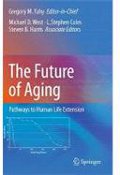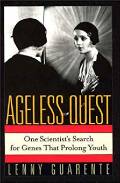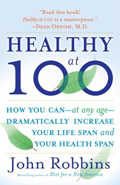Anthony Cerami Proposes The Maillard Reaction Theory Of Aging Stating That DNA Accumulates Damage Due To Nonenzymatic Modification From Sugars
Who:Anthony Cerami, Richard Bucala, Peter ModelWhen:November 15, 1983
Methods: By incubating isolated DNA with high levels of glucose at 37 degrees Celsius, or body temperature, and recording changes in DNA through spectroscopy
Institution: Rockefeller University
Where: New York, New York, U.S.A
Funding: National Institutes of Health
Cerami?s study on the effect of reducing sugars with long lived proteins in the body stems from ?error catastrophe? theories of aging which state that accumulated damage to DNA leads to functional decline and cellular senescence.
Cerami cites other sources of DNA damage theories stating:
?Age-dependent changes in the genetic material are well documented and include increased tumorigenesis, chromosomal aberration, DNA strand breaks, and decreases in DNA repair, replication, and transcription.?Cerami et al. reached their conclusion by incubating isolated DNA with high levels of glucose at 37 degrees Celsius, or body temperature, and recording changes in DNA through spectroscopy.
?During incubation, absorbance and fluorescence changes develop that suggest that DNA can be glycosylated and undergo nonenzymatic browning.?
The fact that Cerami conducted his study out of the body, and even out of the cell, casts doubt on conclusion, and even Cerami admits That ?Evaluating the significance of our findings to cellularphysiology must be done with caution.?
?The observation that an intracellular metabolite can modify DNA suggests a mechanism for the accumulation of genetic lesions that may lead to cellular senescence.?
Cerami backs his observations citing prior evidence of increased cross linking of proteins to DNA found in chromatin of aged organisms, however, he balances this thought citing evidence that proteins bound to DNA may in fact serve a protective role, and that any DNA damage by maillard products in vivo could be repaired via enzymatic mechanisms.
References




